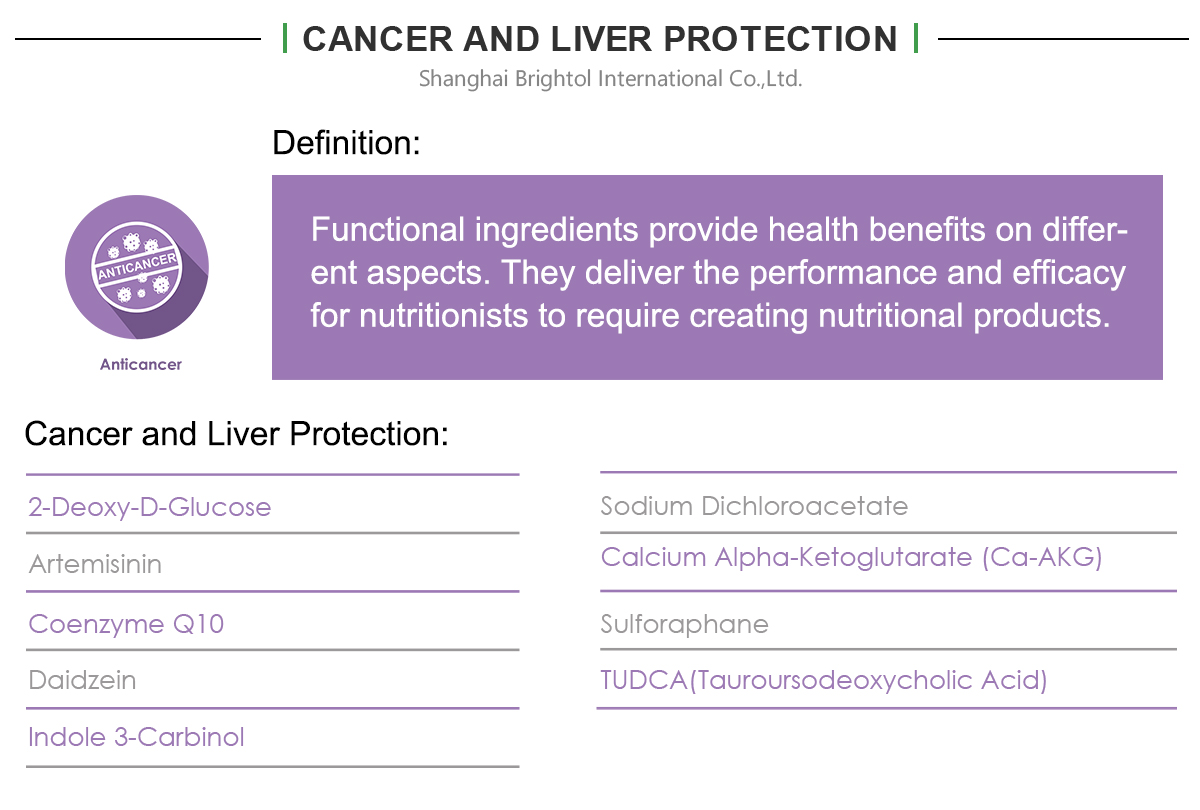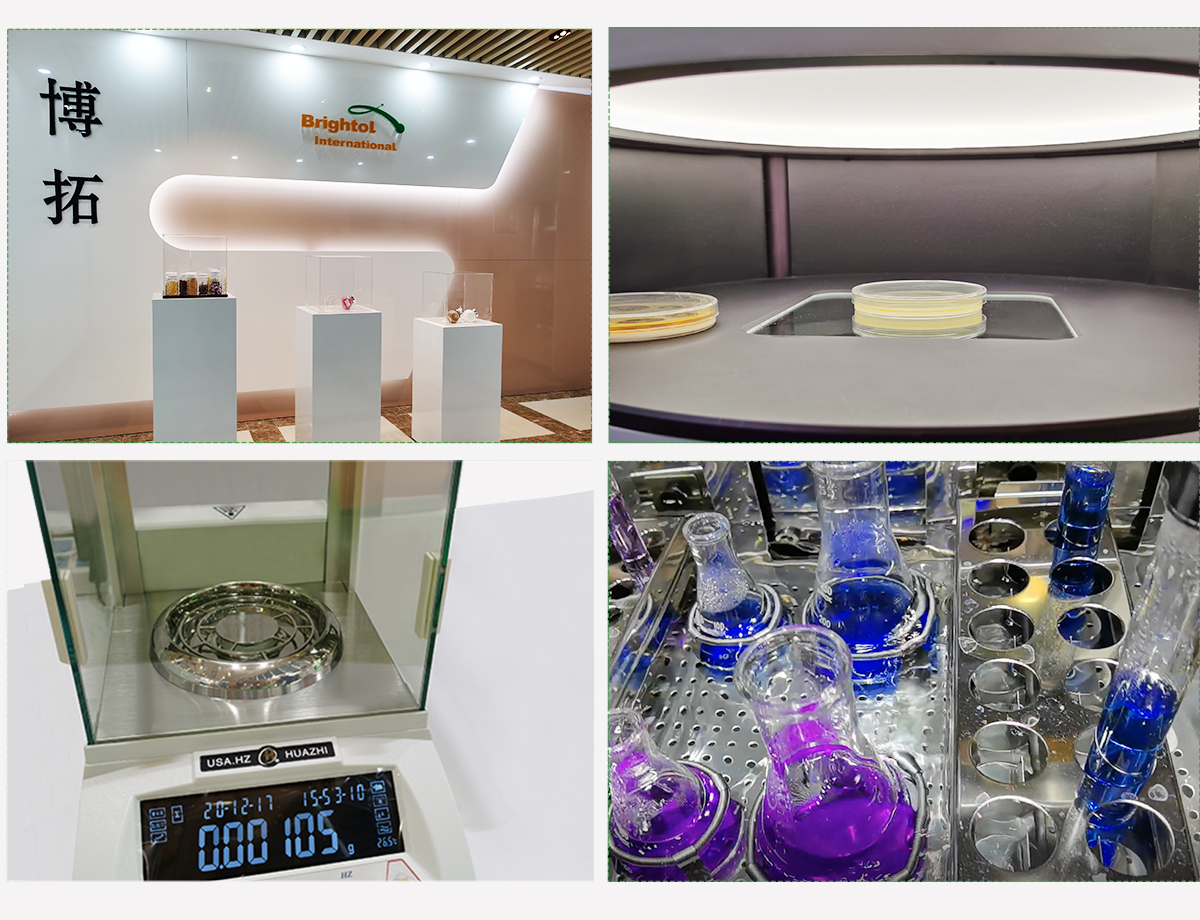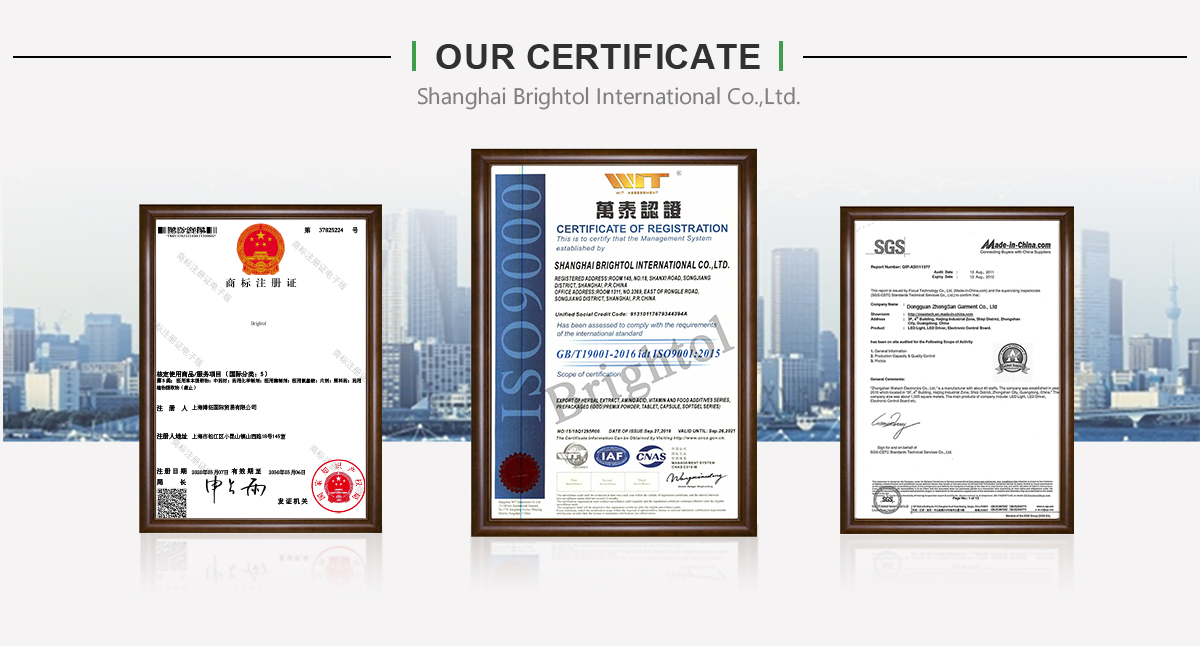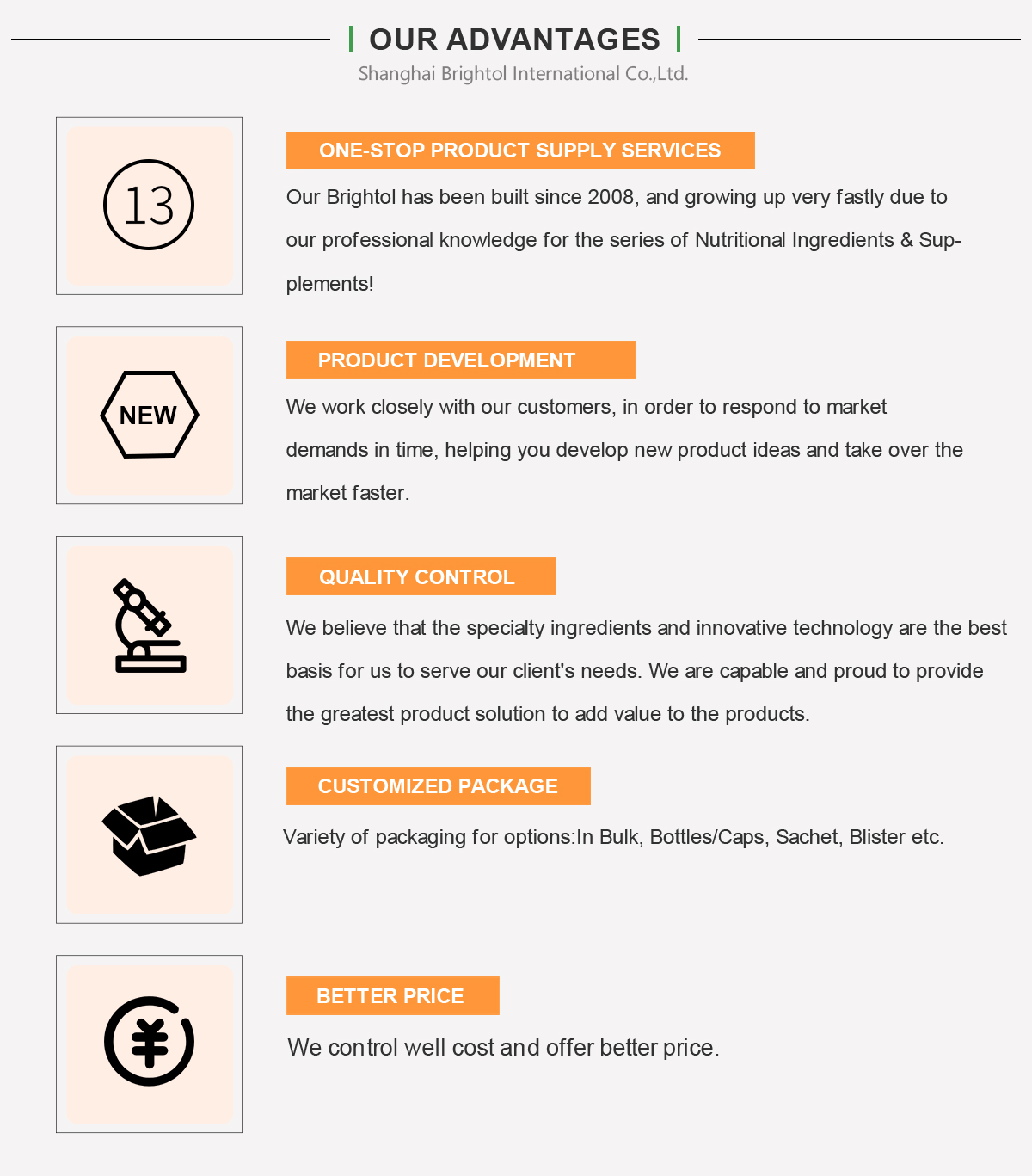

Product Name: TUDCA(Tauroursodeoxycholic Acid)
Molecular Formula: C26H45NO6S
Molecular Weight: 499.7
CAS No.: 14605-22-2
Description:
Tauroursodeoxycholic acid is an ambiphilic bile acid. It is the taurine conjugate form of ursodeoxycholic acid. Humans are found to have trace amounts of TUDCA. However, bears contain large amounts of TUDCA in their bile; UDCA and conjugates comprise about 47% of the bile in American black bears and up to 76% in Asiatic bears. TUDCA has been used in ancient Asian pharmacopoeias for its supposed beneficial effects. UDCA is produced in several countries for the treatment of gallstones and liver cirrhosis. It is not approved by the Food and Drug Administration, in the U.S......
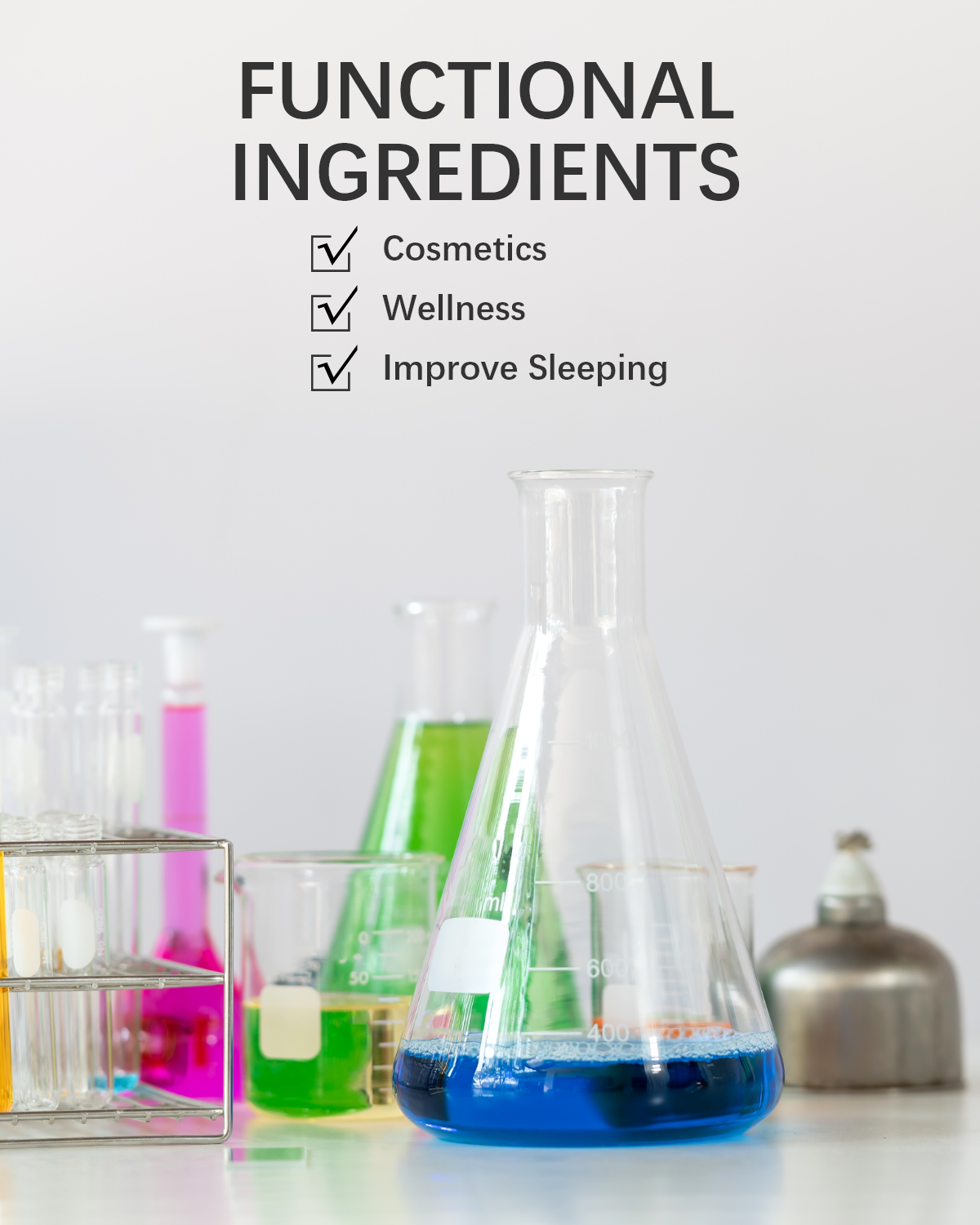

Product Name: TUDCA(Tauroursodeoxycholic Acid)
Molecular Formula: C26H45NO6S
Molecular Weight: 499.7
CAS No.: 14605-22-2
Description:
Tauroursodeoxycholic acid is an ambiphilic bile acid. It is the taurine conjugate form of ursodeoxycholic acid. Humans are found to have trace amounts of TUDCA. However, bears contain large amounts of TUDCA in their bile; UDCA and conjugates comprise about 47% of the bile in American black bears and up to 76% in Asiatic bears. TUDCA has been used in ancient Asian pharmacopoeias for its supposed beneficial effects. UDCA is produced in several countries for the treatment of gallstones and liver cirrhosis. It is not approved by the Food and Drug Administration, in the U.S. while UDCA is approved in the United States for the treatment of primary biliary cirrhosis Ongoing research is finding TUDCA has diminishing apoptotic effects, with potential application in heart disease, Huntington's disease, Parkinson's disease, amyotrophic lateral sclerosis and stroke. Recently, TUDCA has been found to have protective effects in the eye, especially concerning retinal degenerative disorders.
Health benefits:
1. Liver Diseases
2. Cholestasis
3. Neurodegenerative Disorders/ Diseases
4. Diabetes
5. Retinal Issues
6. Additional Benefits for Endoplasmic Reticulum Stress

